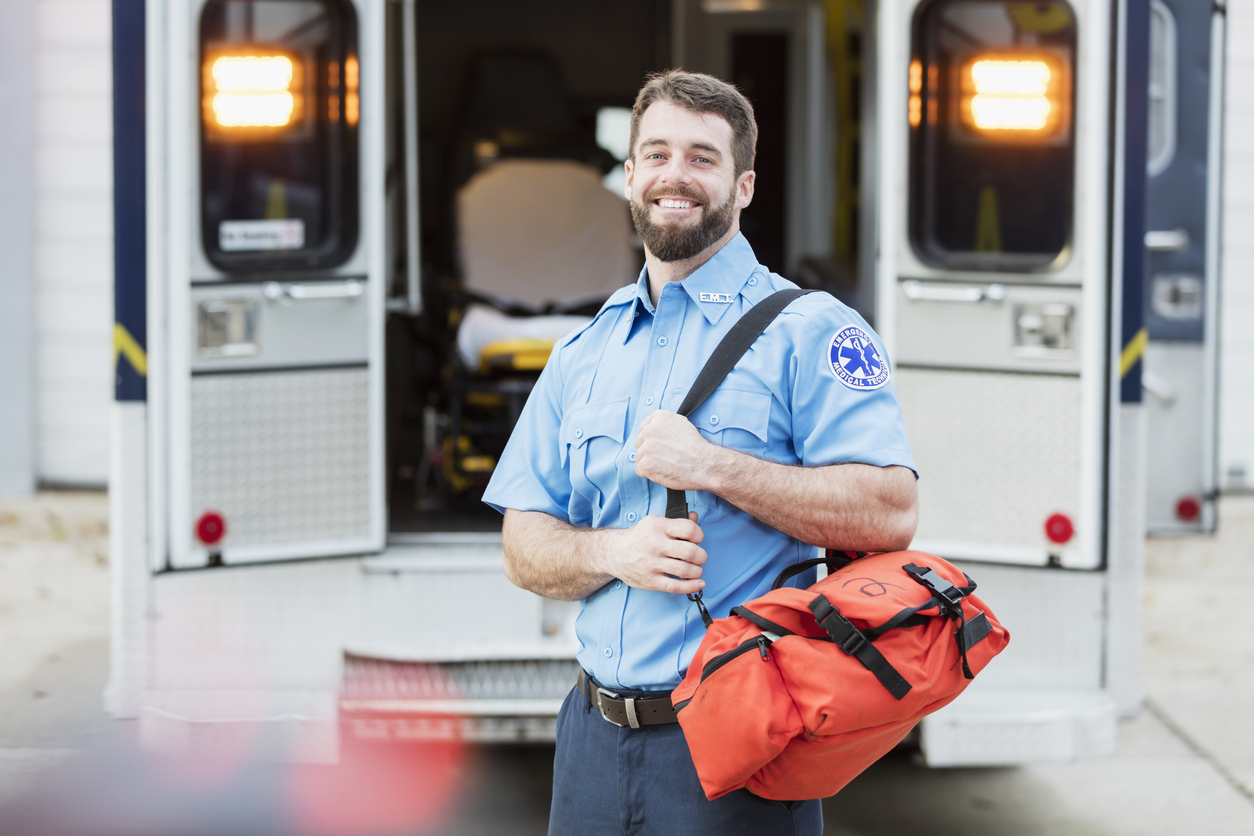
Life as an emergency medical technician is dramatic. This vital work requires solid decisions and quick thinking. Comprehensive training gives EMTs a strong foundation in everything from the latest treatment techniques to safety procedures. In emergency situations, responders must focus on not only keeping their patients safe but also protecting themselves from injuries.
Best practices for safety are part of the curriculum in emergency medical services classes. Knowing these practices, though, is not the same as acting on them during stressful callouts. Refresher courses as well as peers should remind EMTs regularly not only about safe practices but also why they are needed and how they help. Safe habits need to be second nature. There are many ways emergency service providers can stay safe and help protect everyone around them.
Minimize Distractions
Driving an ambulance requires complete concentration, just as does flying an airplane. The Federal Aviation Administration enacted what are commonly called sterile cockpit regulations. This concept has expanded into multiple industries, including emergency services. The focus is on eliminating distractions during critical operational times. During patient transport, ambulance drivers should not be talking on the phone, eating lunch, texting, or doing anything other than driving.
Increase Visibility
Sadly, first responders are sometimes killed on emergency scenes along motorways and roads. Not all civilian drivers are paying attention to what they are doing, and EMTs and other responders including police, firefighters, and tow truck operators have died while responding to roadside emergency calls. There are multiple ways to appear more visible to drivers, including:
- Wearing a high-visibility vest
- Donning personal lights or a lighted helmet
- Using barrier vehicles at highway emergencies to keep the location safer, such as parking fire vehicles behind ambulances
The point is to be seen and to alert civilian drivers there is an emergency so they will take notice.
Use Restraints
While laws require ambulance operators and front-seat passengers to buckle up, EMTs riding in the back of ambulances with patients may fail to wear seatbelts. They often say restraints hamper them from providing necessary patient care.
A National Highway Traffic Safety Administration study found that many emergency personnel in ambulances were not wearing restraints. The choice to not wear a seat belt caused injuries both for EMTs as well as the patients being transported. The designs of some newer ambulances include six-point harnesses that allow freer movement to care for patients and provider seats positioned closer to patients.
The public puts trust in emergency service providers and looks to EMTs to provide care in critical situations. These skilled professionals need to take safety seriously. This protects not only themselves but also their patients. The best way EMTs can help others is by avoiding injuries themselves.
About Provident Insurance Programs
With roots dating back to 1902, Provident Insurance Programs is a program administrator that serves paid and volunteer firefighters in addition to emergency medical responders with numerous custom-tailored insurance programs. We’ve also extended our expertise and experience to offer benefit plans and coverages to participant groups as well as Transportation Benefits. We are committed to continuing to provide superior customer service, and would be happy to speak with you to provide further information. Give us a call today at (855) 201-8880 to speak with one of our representatives.


